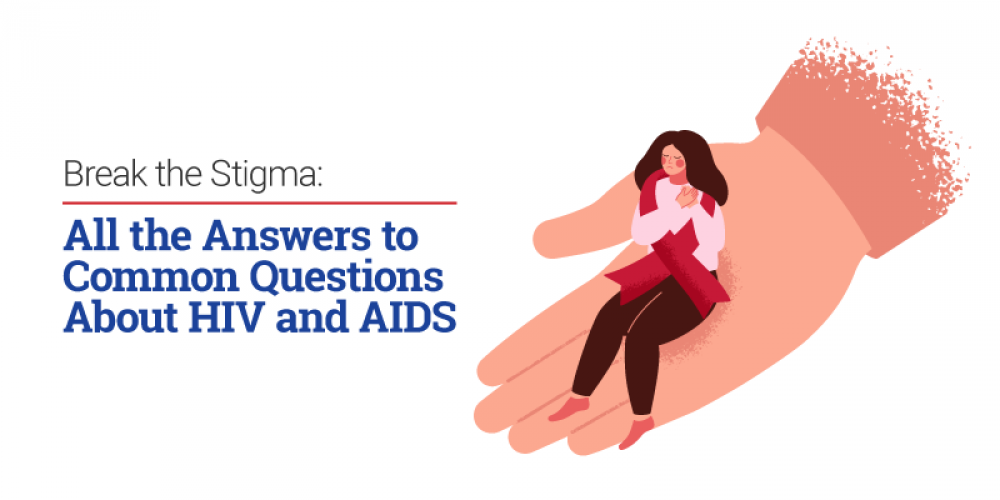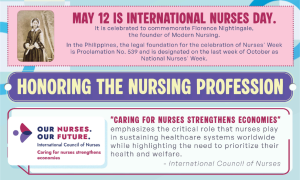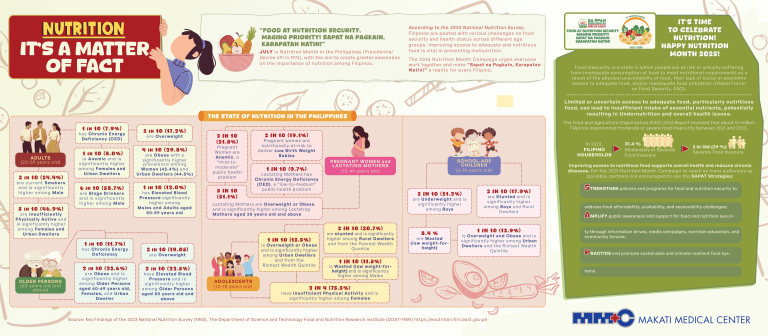Back in 2018, The Joint United Nations Programme on HIV and AIDS or UNAIDS, reported that there at least 37.9 million people across the globe that were diagnosed with HIV. With only 23.3 million (62%) receiving antiretroviral treatment, this statistic shows that the HIV epidemic is perhaps one of the world’s most serious public health issues.
In the Philippines, the number of new infections has doubled over the past six years. From 4,300 people in 2010 to 10,500 in 2016, the Philippines has become the nation with the fastest-growing HIV epidemic in Asia and the Pacific. Even though the Department of Health (DOH) has taken counteractive measures by providing treatment, many Filipinos are still unaware and misinformed about this disease.
A road to a long and healthy life starts with awareness. To stop the epidemic from affecting the lives of millions, citizens need to recognize its impact on a global scale and be informed of the precautionary measures they can take for their safety.
The Stigma of Infection
Widely regarded as one of the diseases associated with a stigma, it’s no surprise that a lot of people tend to believe in myths and misconceptions regarding HIV. People who are infected by the disease are often labeled, discriminated, and treated differently. Because of this, HIV does not only pose a threat to one’s physical health, but also affects one’s emotional well-being and relationship with society.
The social stigma that surrounds infectious diseases can only be broken through awareness. As one of the country’s top healthcare providers, it’s our responsibility to keep people safe from diseases by providing necessary information. Read our infographic below to know the answers to commonly asked questions about HIV.
Everything you need to know about HIV
Standing at a nationwide prevalence rate of 5%, reports show that the Philippines is the country with the fastest-growing HIV epidemic in the Asia-Pacific region, with over 20 to 25% of infected Filipinos living in Metro Manila. The numbers mean that counteractive measures must be taken seriously.
To ensure safety from the disease, you need to start being aware of the preventive measures you can take, especially if you’re sexually active. You have to keep in mind that the most common causes of HIV are acquired from unsafe practices during intercourse, so use condoms and do pre-exposure prophylaxis (PrEP) so that you can significantly reduce the risk of acquiring the illness.
In case you get infected, symptoms are usually felt a few weeks or months after transmission; though, there are instances where people don’t experience symptoms but acquire the disease at a later time.
If you’ve been experiencing any of the signs mentioned here, keep in mind that these symptoms can be associated with other diseases, as well. Therefore, don’t jump to conclusions and instead consult with a healthcare professional instead to have a clear view of your current health status.
You can also get tested in a number of ways. You can visit the nearest hospital or a volunteer group’s medical mission, or even get your own medical kit. But as specialists, we recommend that you get tested in a hospital that specializes in countering HIV. This will ensure quick, transparent, and accurate results in case you require antiretroviral treatment.
End the stigma
With over 770,000 deaths in 2018 alone, HIV remains a public health concern that will continue to affect numerous lives across the globe. The battle against the epidemic starts by addressing the social stigma behind it. Most people are afraid to get tested and proper treatment because they fall victim to the misconceptions that have been accepted as societal norms.
By clearing out myths and properly informing the public with facts, overcoming HIV can be done with ease. Helping people be aware of how they can prevent and treat the disease will ensure the safety of many for years to come. Do your part by sharing this infographic to your friends, loved ones, and community.
For medical consultation or treatment, make an appointment with our experts at Makati Medical Center now.












